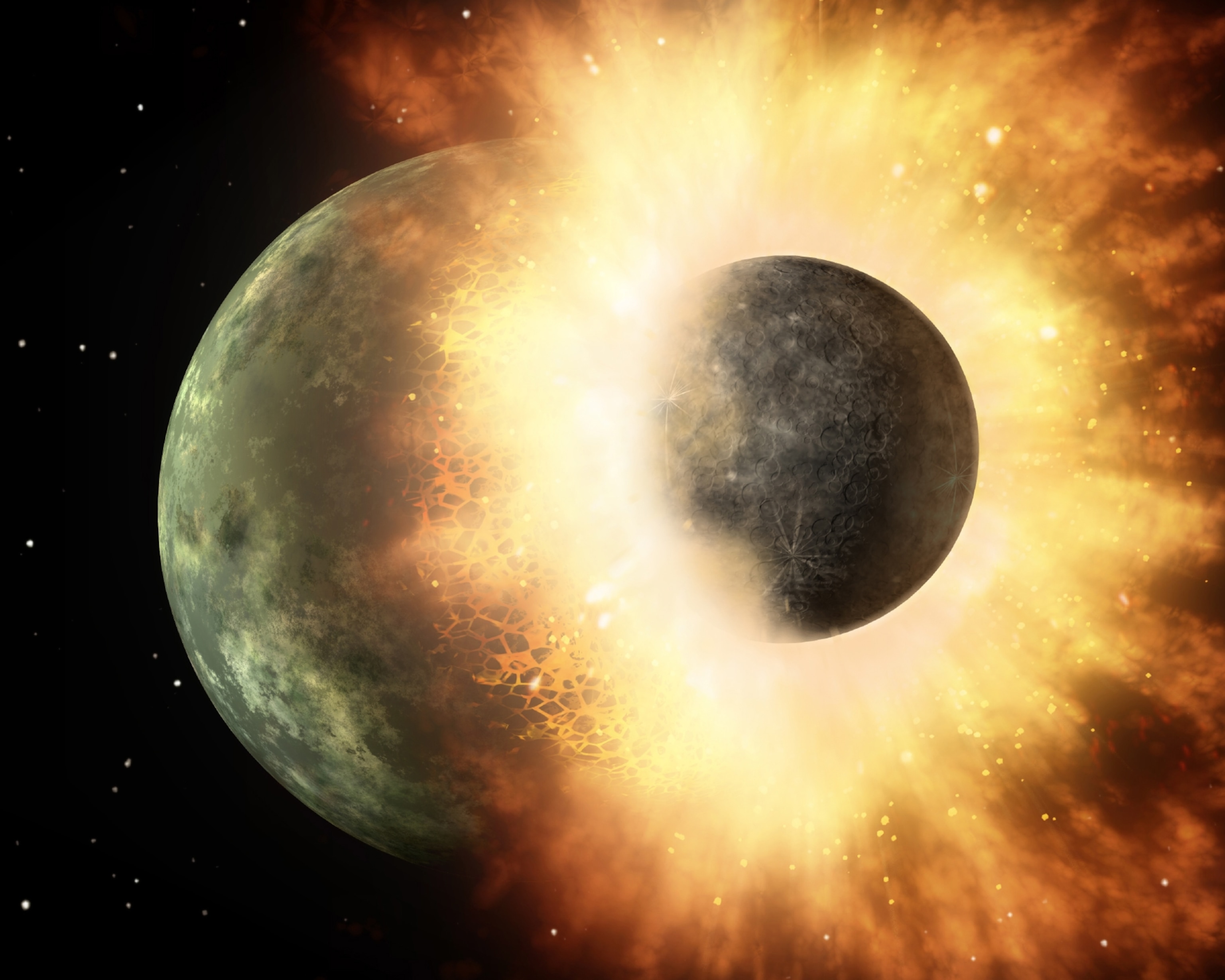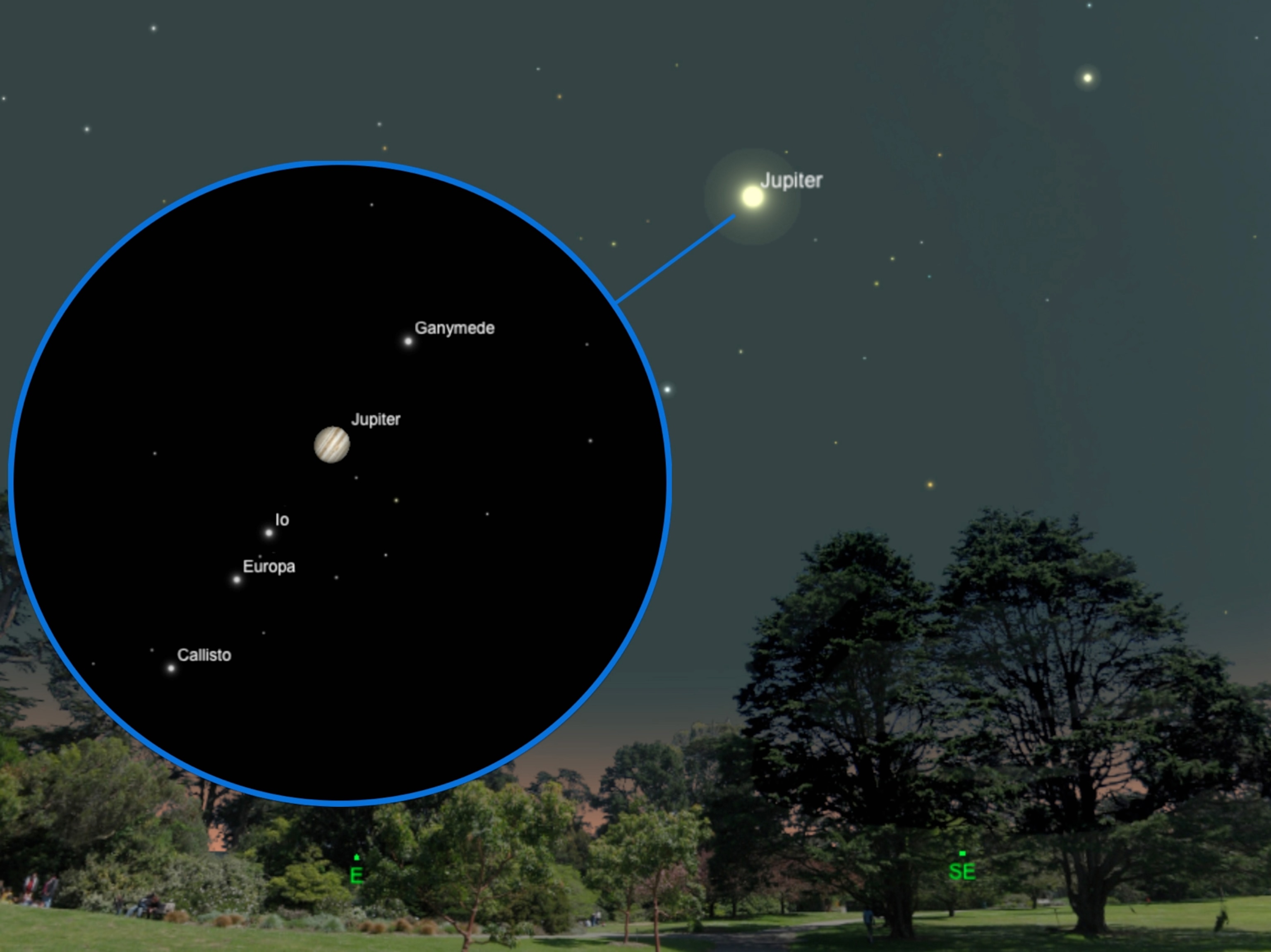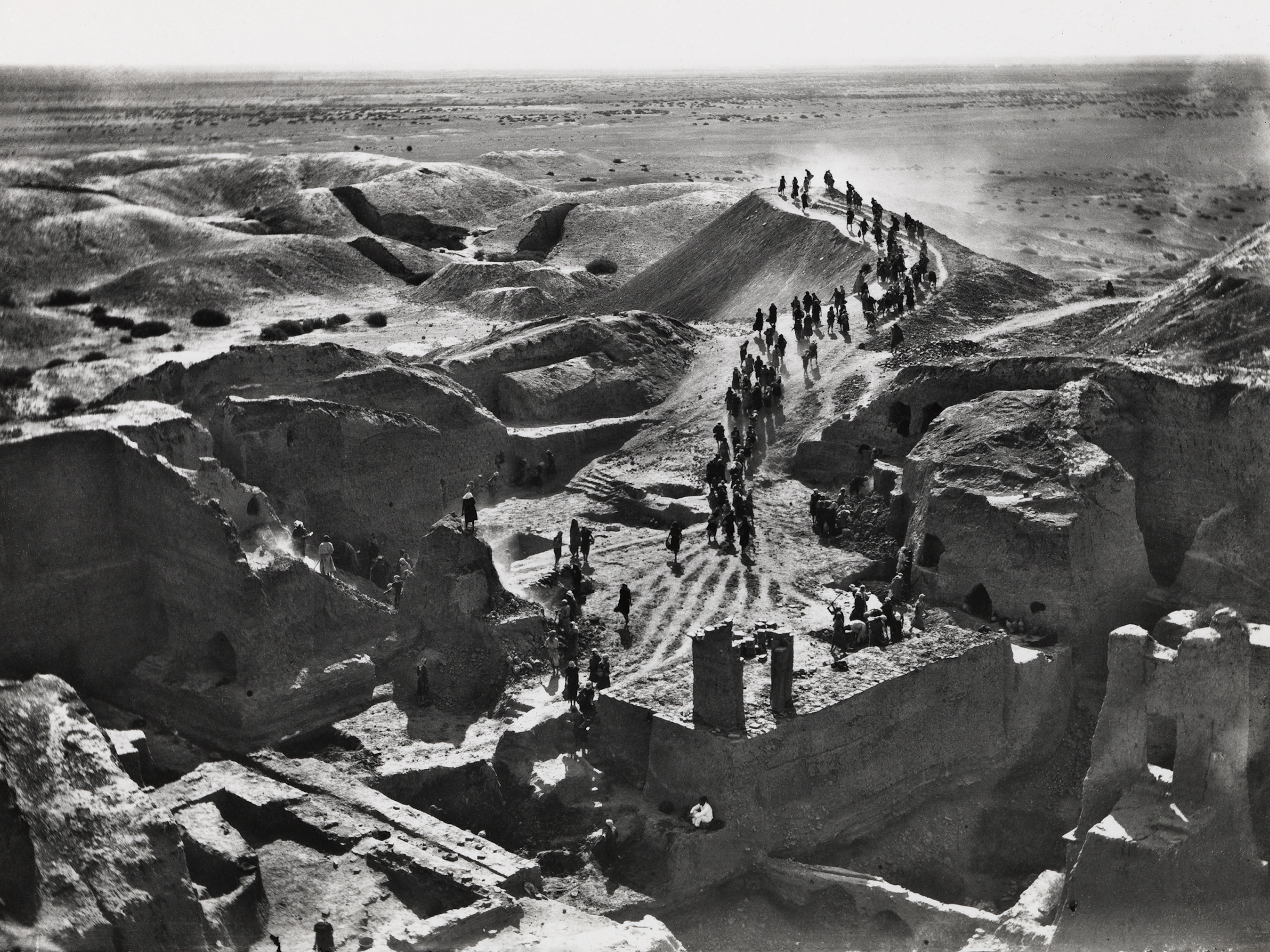
Observe: Jupiter, Wrecking Ball of Early Solar System
Jupiter may have wiped ancient worlds off the map of our solar system. Look up tonight to appreciate the destroyer from your backyard.
Like a cosmic wrecking ball, Jupiter may have swung through the inner solar system billions of years ago, pulverizing newborn Earth-like planets.
The surprising new finding, published Monday in the journal Proceedings of the National Academy of Sciences, may help solve a long-standing puzzle: why our solar system is so different from others.
In our galaxy, at least, the standard-issue set of planets appears to include worlds larger than Earth that orbit close to their star. But our solar system has a striking lack of planets near the sun.
"Our solar system is looking increasingly like an oddball," said study co-author Gregory Laughlin, an astronomer at the University of California at Santa Cruz, in a statement.
According to Laughlin and his team, a set of nascent super-Earths may have originally populated the inner solar system—closely hugging the sun, just as exoplanet hunters are now finding to be common around stars throughout the Milky Way galaxy.
The team believes that Earth and its rocky neighbors formed from leftover building blocks of planets long after smashups with Jupiter destroyed those big planets near the sun.
As Jupiter came barrelling in toward the inner solar system, in what theorists call the Grand Tack, a set of lethal gravitational tugs and pulls took place that set off a series of cataclysmal collisions between the ancient rocky worlds as their orbits began to overlap.
Our solar system is looking increasingly like an oddball.Gregory Laughlin, Astronomer, University of California at Santa Cruz
"It's the same thing we worry about if satellites were to be destroyed in low Earth orbit. Their fragments would start smashing into other satellites, and you'd risk a chain reaction of collisions. Our work indicates that Jupiter would have created just such a collisional cascade in the inner solar system," Laughlin says.
The resulting debris was swept up by the sun, clearing the inner parts of the solar system.

Born Out of Chaos
As the theory goes, a second generation of inner worlds—the ones we see today—would then have formed from the chaotic planetary wreckage left behind.
Astronomers have discovered nearly 500 planetary systems with multiple worlds, and typically these include a few planets with masses several times greater than the Earth’s, known as super-Earths, orbiting much closer to their host star than Mercury is to our sun. Jupiter-like gas giants are also often found close to their host stars.
So it appears that we see Jupiter where it is today, in the outer solar system, only because neighboring gas giant Saturn pulled Jupiter out so far. Getting Jupiter out of the way would have allowed the formation of all the rocky inner planets seen today, including Earth.
“There is a lot of evidence that supports the idea of Jupiter's inward and then outward migration. Our work looks at the consequences of that. Jupiter's Grand Tack may well have been a 'Grand Attack' on the original inner solar system.”

See for Yourself
Sky-watchers can get a peek at the great planet-destroyer, Jupiter, for themselves on any clear night over the next few months.
The gas giant appears as one of the brightest stars in the night sky, dominating the overnight hours. After nightfall, look for a brilliant, creamy-colored, starlike object rising halfway up the southeast sky.
Both binoculars and small telescopes will reveal its retinue of four large moons, appearing like a row of ducks on either side of the planet.
Despite sitting about 484 million miles (780 million kilometers) away from Earth, the 87,000-mile-wide (140,000 kilometers) planet appears bright to us because of its sheer size and because highly reflective clouds blanket its entire surface.
We can see this behemoth world with just our naked eyes, thanks to sunlight that bounces off its reflective upper clouds and travels nearly 38 minutes across interplanetary space to reach our eyes here on Earth.





